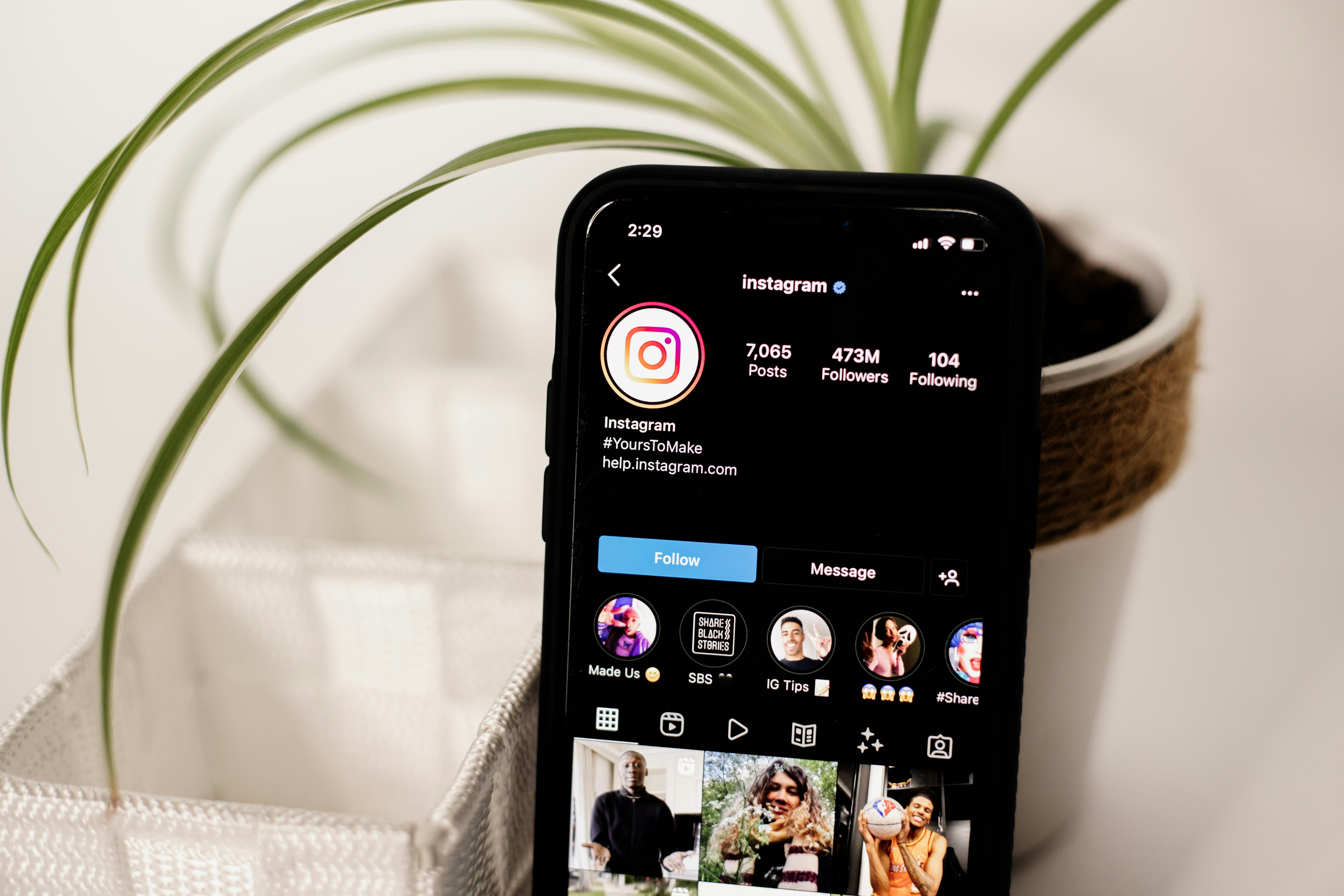How to Actually Make Money Online: A No-BS Guide That Works in 2025
Let’s be real for a second.
If you've ever searched "how to make money online", you've probably been bombarded with flashy ads, “gurus,” and promises that sound too good to be true—because most of them are. Drop shipping, affiliate marketing, Amazon FBA—they’re not scams, but they’re also not as easy as some folks on YouTube make them out to be.
This is your no-fluff guide to what really works in 2025. We’ll break down two online business models that are actually worth your time. Plus, I’ll share one of my favorite tools that helped me grow 10X faster by building trust with my audience from Day 1.
Why Most People Fail at Making Money Online
It’s not that online business doesn’t work—it’s that it doesn’t work instantly.
I tried everything in the beginning:
Selling services on Fiverr? Crickets.
Day trading? Lost all my money.
Paid courses? Some helped, some didn’t.
What no one tells you is that every method has a learning curve. The problem isn’t the method—it’s that people expect instant results and give up when it gets hard.
Here’s the Truth: Every Business Has a Cost—Time, Money, or Energy
So, the real question is:
Which business models give you the best shot without burning years of your life or draining your wallet?
After trying everything and studying the strategies that actually work in 2025, I narrowed it down to two business models with real potential:
1. Self-Publishing with Amazon KDP
Kindle Direct Publishing (KDP) lets you publish books and sell them on Amazon. The twist? You don’t need to be a novelist. Some of the most successful KDP books are:
Journals
Coloring books
Planners
Funny quote books
The KDP + TikTok Strategy
You create your book, list it on Amazon, and promote it for free on TikTok. Post 2–3 short videos a day, showcasing the book in funny or interesting ways. Once a video goes viral, replicate that formula.
Example:
If your book is $16 and a video hits 100K views, and even 1% convert—that's 1,000 sales and up to $7,000 in earnings from one viral post.
Steps to get started:
Create your Amazon KDP account
Design a simple book (Canva works great!)
Open a TikTok account
Post consistently and test different angles
Double down on what goes viral
2. YouTube: Still the Best Long-Term Business Model
Unlike most platforms, YouTube pays you to grow.
There are two terms to understand:
CPM (Cost per 1,000 views) – what advertisers pay
RPM (Revenue per 1,000 views) – what you take home
Once you hit the requirements for monetization (1,000 subs + 4,000 watch hours), YouTube opens the floodgates:
Ad revenue
Affiliate links
Sponsorships
Digital products
Coaching
Pro Tips:
Pick a niche you enjoy and that has earning potential
Script, record, and edit videos—or outsource to speed things up
Focus on thumbnails and titles for high CTR
Keep viewers watching till the end to boost retention
The more people watch, the more YouTube promotes you.
⚡ Speed Up Trust with Social Proof: Here’s the Tool I Use
Here’s one game-changer I wish I had from Day 1.
You already know that trust = conversions. But how do you show people that your digital product, service, or course actually gets results?
I use Screen by Framer — a tool that helps you generate realistic, scroll-stopping screenshots of social proof (like testimonials, DMs, comments, tweets) in seconds.
It’s perfect for online business owners who want to boost credibility and 10X their audience engagement—without faking anything.
Whether you’re selling an ebook, course, or offering coaching, Screen helps you show results, not just talk about them.
Final Thoughts: Start Small, Think Long-Term
Making money online is not impossible. But it’s also not magic.
Both YouTube and KDP require effort—but they reward consistency. And when you pair that with tools that enhance trust and visibility (like Screen), you stack the odds in your favor.
Set your income goals. Handle it solo if you're just testing the waters. But if you’re aiming bigger—start delegating and scaling.
And remember: every time you fail, you're gaining skills that will pay off later.




